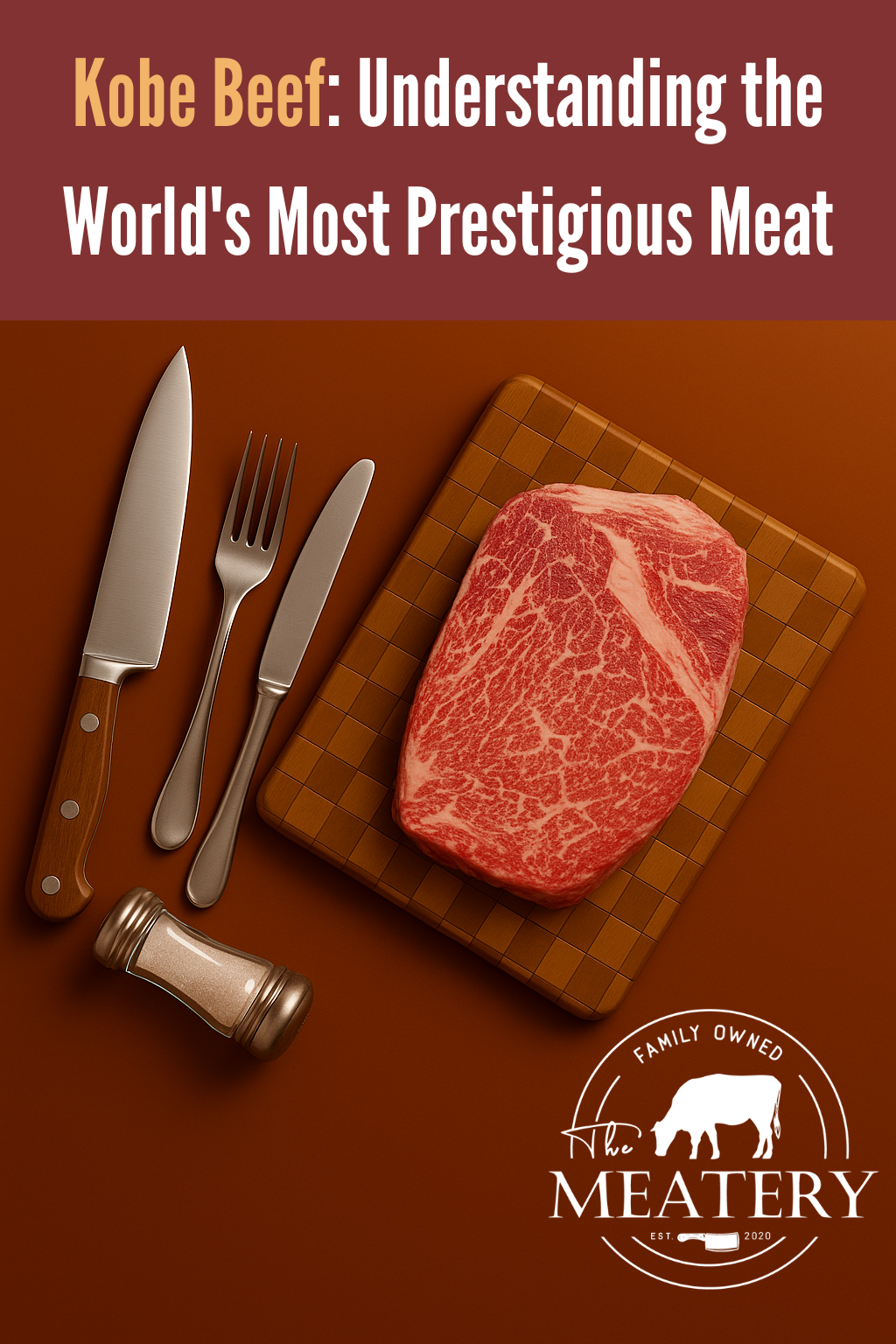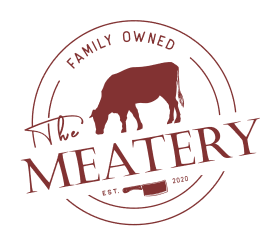What is the most expensive meat in the world?
When it comes to luxury meats, Kobe beef stands at the pinnacle of both price and prestige. This legendary Japanese delicacy commands prices that can exceed $200 per ounce in high-end restaurants, making it one of the most expensive meats globally. However, while Kobe beef is notably expensive, there are other contenders in the luxury meat market.
The hierarchy of premium meats includes:
- A5 Kobe Beef: Often reaching $400-$500 per pound
- Bluefin Tuna Otoro: Premium cuts can cost up to $300 per pound
- Iberico de Bellota Ham: Approximately $200 per pound
- White Gold Caviar: Though not meat, commands prices up to $300 per ounce
What makes Kobe beef particularly expensive is its strict production requirements and limited availability. True Kobe beef comes exclusively from Tajima-gyu cattle raised in Japan's Hyogo Prefecture under rigorous standards. These cattle undergo specialized care, including regular massages, a strict diet that may include beer, and stress-free living conditions. Only about 3,000 cattle qualify as authentic Kobe beef annually, contributing to its astronomical price point.
Kobe Beef In Global Cuisine
Kobe beef has transformed from a Japanese delicacy into a globally recognized symbol of culinary excellence. In traditional Japanese cuisine, it's often served as teppanyaki or shabu-shabu, but international chefs have incorporated this premium ingredient into various culinary traditions.
In Western fine dining, Kobe beef appears in multiple preparations:
- Minimally seasoned steaks that highlight the meat's natural flavor
- Luxurious hamburgers in high-end restaurants
- Small portions as part of tasting menus
- Carpaccio and tartare preparations
The global influence of Kobe beef has also led to the development of cross-cultural fusion dishes, though purists often argue that elaborate preparations can mask the meat's intrinsic qualities. Many top restaurants worldwide now feature Kobe beef as their premium offering, though genuine Kobe beef is still relatively rare outside Japan.
How should Kobe beef be eaten?
The proper consumption of Kobe beef is considered an art form in itself. Experts recommend specific approaches to fully appreciate this premium meat:
- Temperature: Serve at room temperature to allow the fat to soften
- Portion Size: Due to its richness, serve in small portions (4-6 ounces maximum)
- Cooking Method: Typically grilled or pan-seared to medium-rare
- Seasoning: Minimal seasoning - usually just salt and pepper
Traditional Japanese preparation often involves:
- Teppanyaki style (grilled on a flat iron surface)
- Thin slices for sukiyaki or shabu-shabu
- Small cubes for steak preparations
Authenticity And Certification Of Kobe Beef
The authentication of genuine Kobe beef follows strict protocols established by the Kobe Beef Marketing & Distribution Promotion Association. Each certified Kobe beef carcass receives a unique 10-digit identification number, allowing for complete traceability.
Key certification requirements include:
- Tajima-gyu bloodline cattle
- Born and raised in Hyogo Prefecture
- Meat quality score of BMS 6 or higher
- Meat yield grade of A or B
- Carcass weight under 470kg
Restaurants serving authentic Kobe beef must display their certification and can provide the identification number of their meat upon request. This rigorous certification system helps protect the integrity of genuine Kobe beef and justifies its premium pricing.
Kobe Vs Other Wagyu
While all Kobe beef is Wagyu, not all Wagyu is Kobe beef. The distinction lies in several key factors:
- Geographic Origin: Kobe beef must come from Hyogo Prefecture
- Bloodline: Must be pure Tajima-gyu lineage
- Quality Standards: Stricter grading requirements for Kobe
- Production Volume: Much lower for Kobe compared to other Wagyu
Other prestigious Wagyu varieties include:
- Matsusaka beef
- Ohmi beef
- Miyazaki beef
- Sendai beef
Understanding the distinction between Kobe beef and Wagyu is crucial for both consumers and culinary professionals. The primary differences include:
Wagyu Characteristics:
- Refers to all Japanese beef cattle breeds
- Can be raised anywhere in the world
- Varying quality standards
- Multiple bloodlines accepted
Kobe Beef Characteristics:
- Exclusively from Tajima-gyu bloodline
- Must be raised in Hyogo Prefecture
- Meets strict quality and weight standards
- Requires official certification
These distinctions make Kobe beef a unique subset of Wagyu, representing the pinnacle of Japanese beef quality and tradition. Check out TheMeatery.com for all your Kobe Beef needs!









